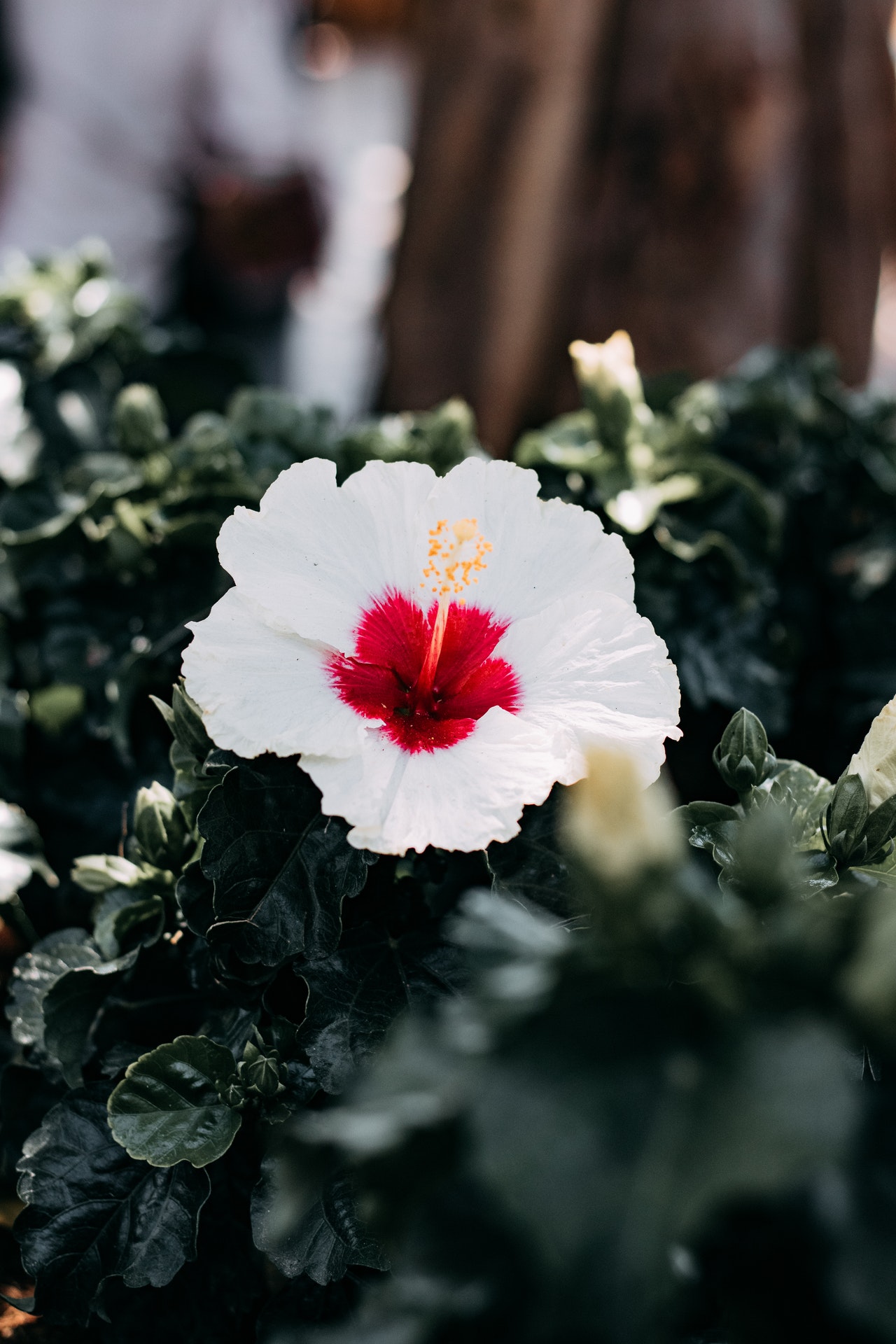What Is a Flowering Plant’s Life Cycle?

Even while flowers have been utilized as symbols, remedies, ritual aids, and decorations over the world, and have captivated even the toughest of hearts with their beauty, the typical person may know relatively little about the life cycle of blooming plants. Different components of flowering plants are also eaten which you can get with online flower delivery in Raipur. This online information will be useful and intriguing if you are establishing a garden or are wondering about where the food or flowers on your table originate from.
Vegetative Development
A seed develops into a pre-flowering plant during the first part of a blooming plant’s life cycle.
Seed
Seeds come in a variety of forms and sizes, ranging from virtually undetectable (as in tropical orchids) to big (like avocados or coconut palms). Every seed includes an embryo, or a small form of the plant, which is ready to sprout and grow when the conditions are favorable. In addition to the embryo, seeds also contain the plant’s first food supply, the beginnings of a root system, and a protective covering known as the seed coat.
Germination
When the conditions are favorable, the seeds germinate, which means they begin to grow. While various seeds require different conditions to sprout, all seeds require water and warmth to germinate. Some seeds require light to germinate, while others must pass through fire or even an animal’s digestive tract.
Germination occurs when the seed collects water and expands, causing the seed coat to split. It then develops a small root known as a radicle that anchors the plant and absorbs water. With this in place, it sends a stalk (plumule) above the earth that ultimately erupts. A seedling is formed when this occurs.
Growth
The seedling’s earliest leaves are known as cotyledons. These are not true leaves, but rather nutrition storage that was included in the seed along with the embryo. These nourish the plant as it develops the ability to extract nutrients from its surroundings.
The plant then begins to grow its first true leaves, known as primary leaves. These leaves initiate photosynthesis or the conversion of energy from sunlight, water, and carbon dioxide into sugars that the plant may utilize for nourishment.
Many plants continue to develop upwards, forming new leaves at the stem’s tip (meristem), as well as downwards, forming more root hairs. This growth enhances the number of nutrients it can collect and helps it endure weather, animal disturbance, and competition from other plants.
Reproductive Stage
The plant blossoms get fertilized and produce seeds during their reproductive stage.
Flowering
Flowering plants develop a tiny bud at the start of the reproductive cycle. Inside the bud, protected by the sepals on all sides, a little flower starts to bloom. The bud eventually opens to expose a full flower, which is the plant’s reproductive component. Flowers typically have vibrantly colored petals or strong scents to draw pollinators.
The stamen is the male component of the flower, while the pistil is the female part. Some plants contain both components in the same bloom, whilst others only have one of the two sections per blossom. The stamen transports pollen to the anther, a small pouch held by long filaments. There are three components to the pistil:
- Stigma – Sticky and captures and retains pollen
- Style – Tube that contains the stigma
- Ovaries – The location of seed formation.
Pollination
Pollination happens when pollen from the male anther travels to the female stigma. Some plants can self-pollinate. Others require the pollen to be transported by insects, wind, rain, birds, and other natural processes.
Plants may also cross-pollinate, which means that pollen from one plant is transferred to another of the same species. This is advantageous because it increases genetic variation, which makes future generations stronger and more adaptive. Insects such as bees play a vital part in pollination by pollinating plants while collecting pollen for nourishment.
Seeds Mature and Release
The seeds become reproductively viable after pollination. The seeds are surrounded by a protective shell known as the fruit.
Seeds can be dispersed using several techniques.
- The most basic method is to fall to the ground. Many are consumed by birds and animals and carried via their digestive processes.
- Other likely as burdock, are designed to cling to passers-by.
- Others, such as dandelion, drift effortlessly on the wind for vast distances.
All plants strive to produce new viable progeny through seed dissemination. Once the seed is in a place where it might germinate, the life cycle may start over.






